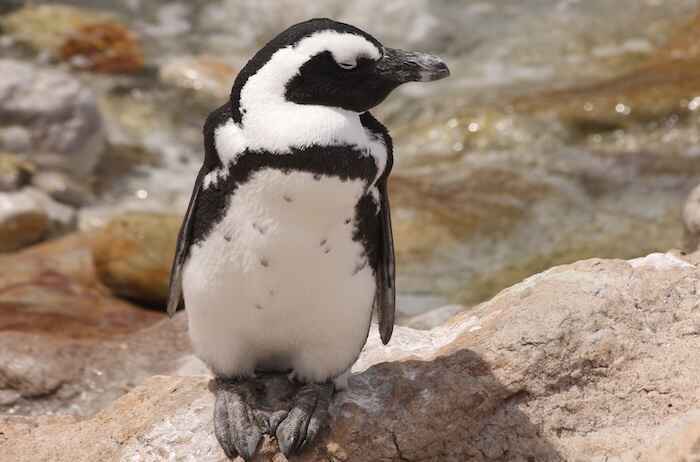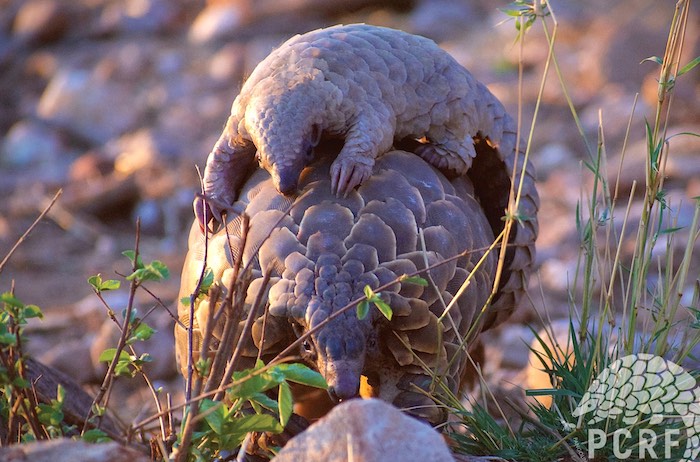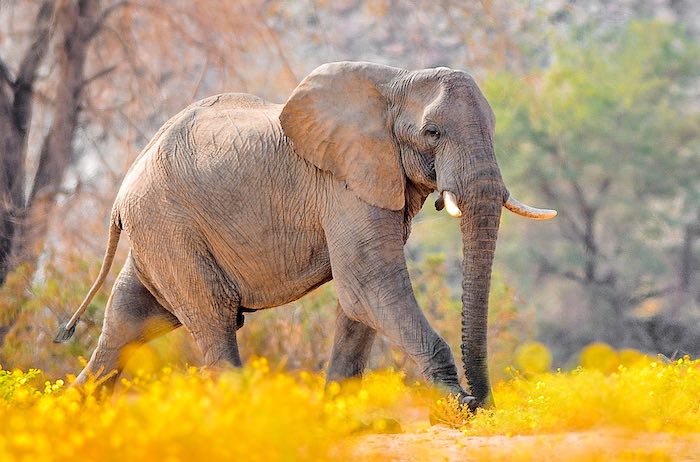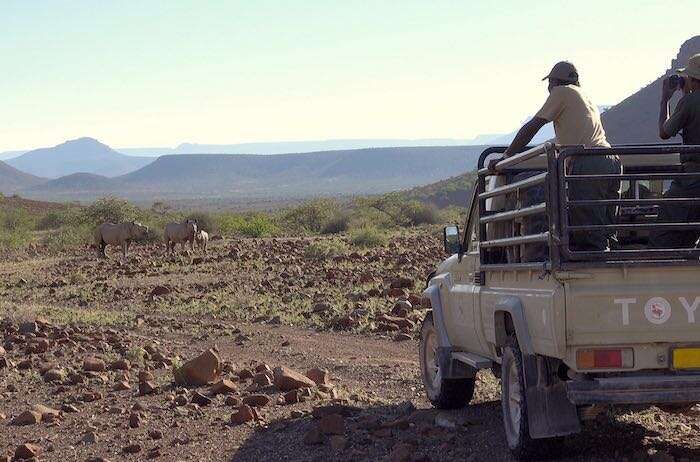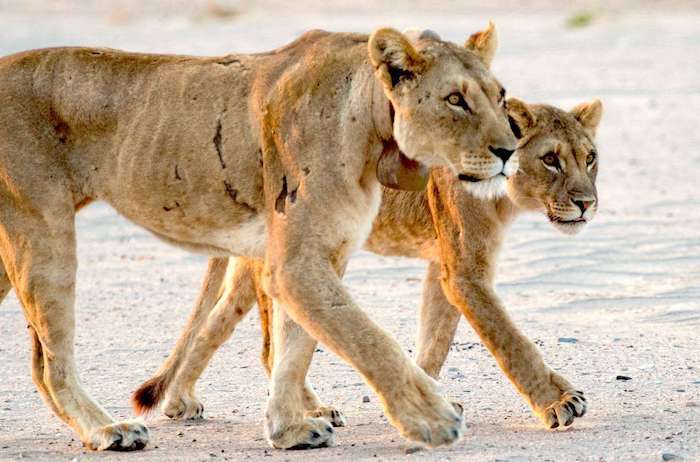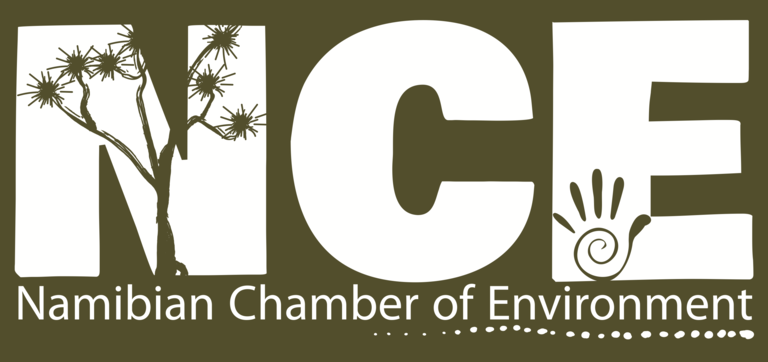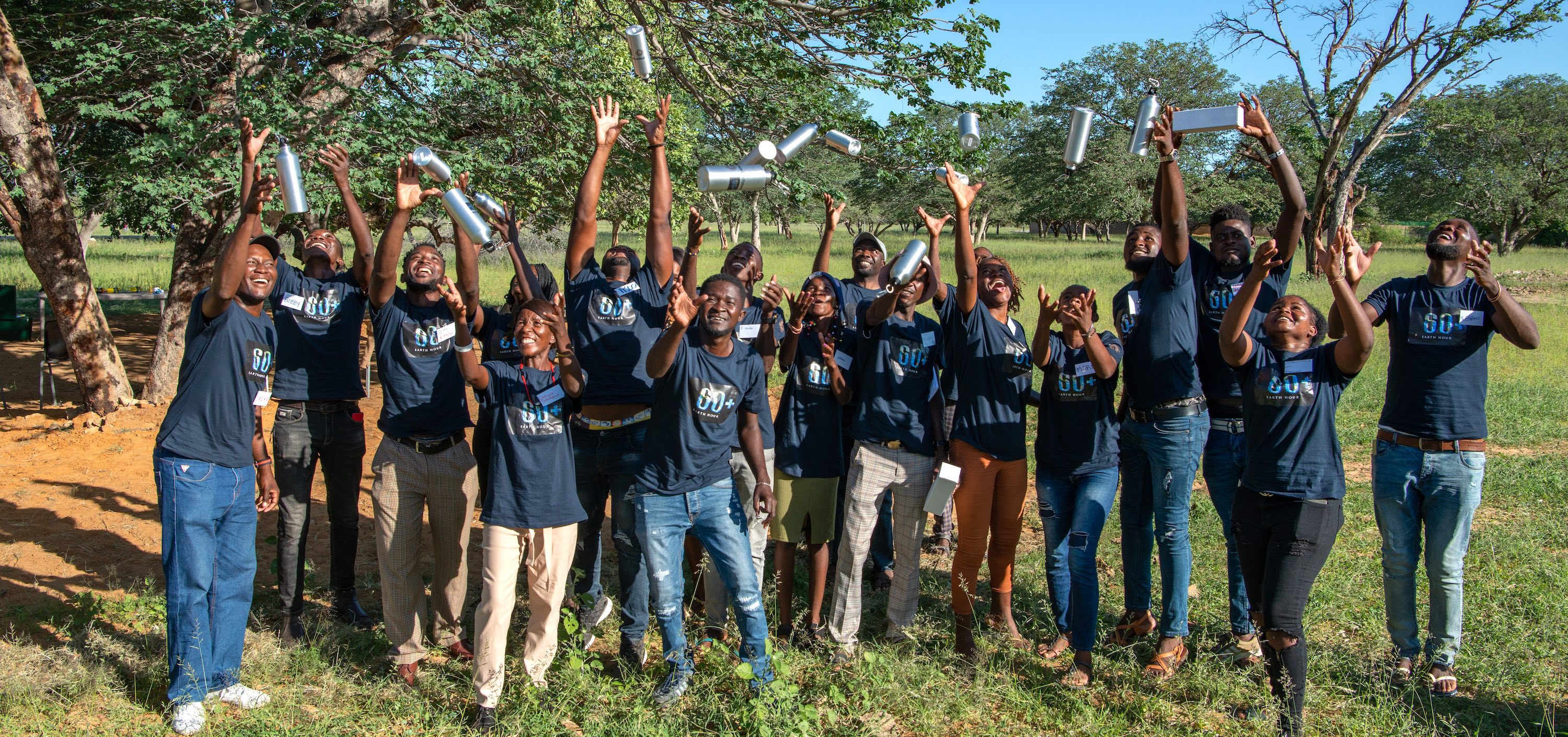
Namibian youth in conservation are ready to shape our future
10th November 2022
Earth Hour is the world's largest environmental grassroots movement, inspiring millions of people to take action for our planet and nature. It started in Sydney, Australia, as a lights-out event in 2007 and has continued to grow. In 2022, 192 countries participated in Earth Hour, raising awareness about various environmental issues. Global landmarks such as the Sydney Opera House, the Colosseum in Rome, the Eiffel Tower in Paris, and the Empire State Building in New York City took part by symbolically switching off lights to support the movement.
In Namibia, we took the idea of Earth Hour to the next level by using it to actively include the youth in conservation. WWF Namibia and partners in the Namibian Association of CBNRM Support Organisations (NACSO) reached out to 57 young adults from the Kunene North & South, North Central, and the Zambezi regions, representing 23 communal conservancies. While the initial activities were associated with Earth Hour events, the positive response from these young people has presented an opportunity to grow a youth movement for conservation in Namibia.
Earth Hour activities and reflections
Young people are crucial to advancing development, social change, economic growth, and innovation. The 2022 Earth Hour theme Shape Our Future is to make that future a reality.
Conservation activities are not always presented to the youth in a manner they can easily absorb or get excited about. Since all the young people we engaged with during Earth Hour come from communal conservancies, we ignited their enthusiasm by initially focusing on community-based natural resource management (CBNRM). Our field partners – Integrated Rural Development and Nature Conservation, the Namibia Development Trust and the Namibia Nature Foundation – took the youth through the first NACSO training unit for game guards: Know Your Conservancy. This unit provides a comprehensive introduction to CBNRM, conservancies, and the role they can play within conservancies as young people. With this information, the youth felt more confident to engage with conservancy management and learn more about conservation in their respective areas.
As part of the Earth Hour event, the youth actively participated in various inspirational activities and games that demonstrated their assets, skills and abilities. While most participants are currently unemployed, they discovered that they already possessed leadership, active listening, communication, and innovation skills that they could use within their conservancies. Having gained further confidence through these activities, the youth were inspired to become agents of change for conservation by pledging to take action under four stewardship themes: Nature, Environmental Education, Youth and Gender Equality.
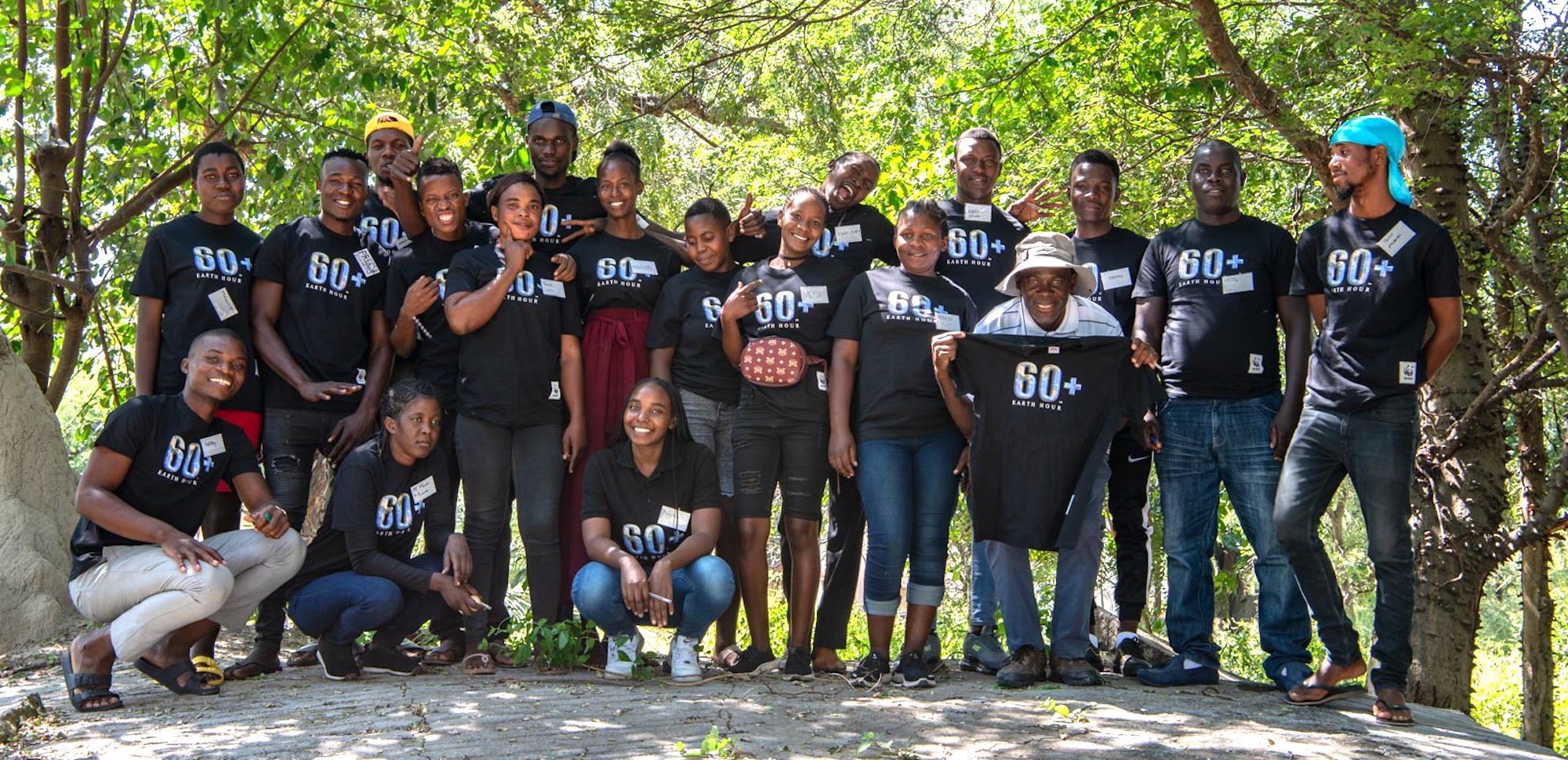
For the Nature theme, they pledged to look after the environment and conserve natural resources,
which is especially applicable for young people in communal conservancies. Under the Environmental Education theme, they committed themselves to learn and gain knowledge as well as raise awareness
among their peers and families regarding the importance of the environment. Natasha Gomes from //Huab conservancy said, I want to teach my fellow youth about the importance of nature and that we can live in harmony with the wild and enjoy and use natural resources sustainably.
Their pledges under the Youth and Gender Equality themes were to engage and mobilise other young people to participate in conservation actively
and ensure equality and equity for women, men and youth,
respectively. I choose to be a steward for youth and to be the voice of the youth, motivating and teaching them what we should do during our era and how we can shape our future now and for future generations,
said Simataa Sibongo of the Kabulabula Conservancy. Many young people recognise that the little things they do now affect their future and generations to follow.
The final element of the Earth Hour training was the introduction of the Wild Landscape Biodiversity App as a pilot project to test whether the youth would be willing and able to collect biodiversity data in communal conservancies. This is the first time young conservancy members have been given the opportunity to collect such valuable scientific data, designed to complement the existing National Atlasing App and data collected by game guards using Event Books. The youth at our training events felt empowered and willing to take on the responsibility entrusted to them. They were committed to making the Wild Landscapes Biodiversity app pilot a success so that other youth may also get an opportunity to participate.
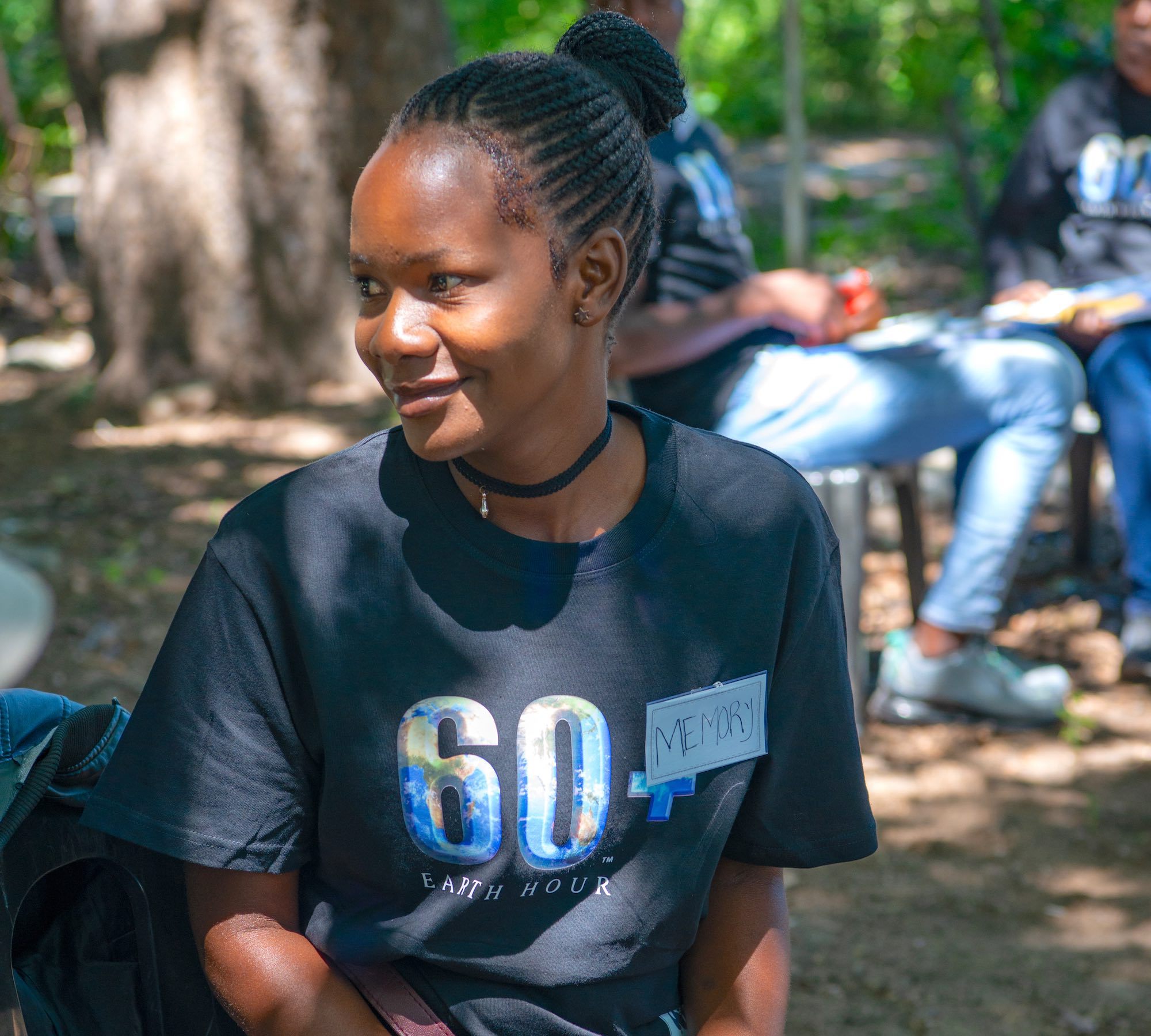
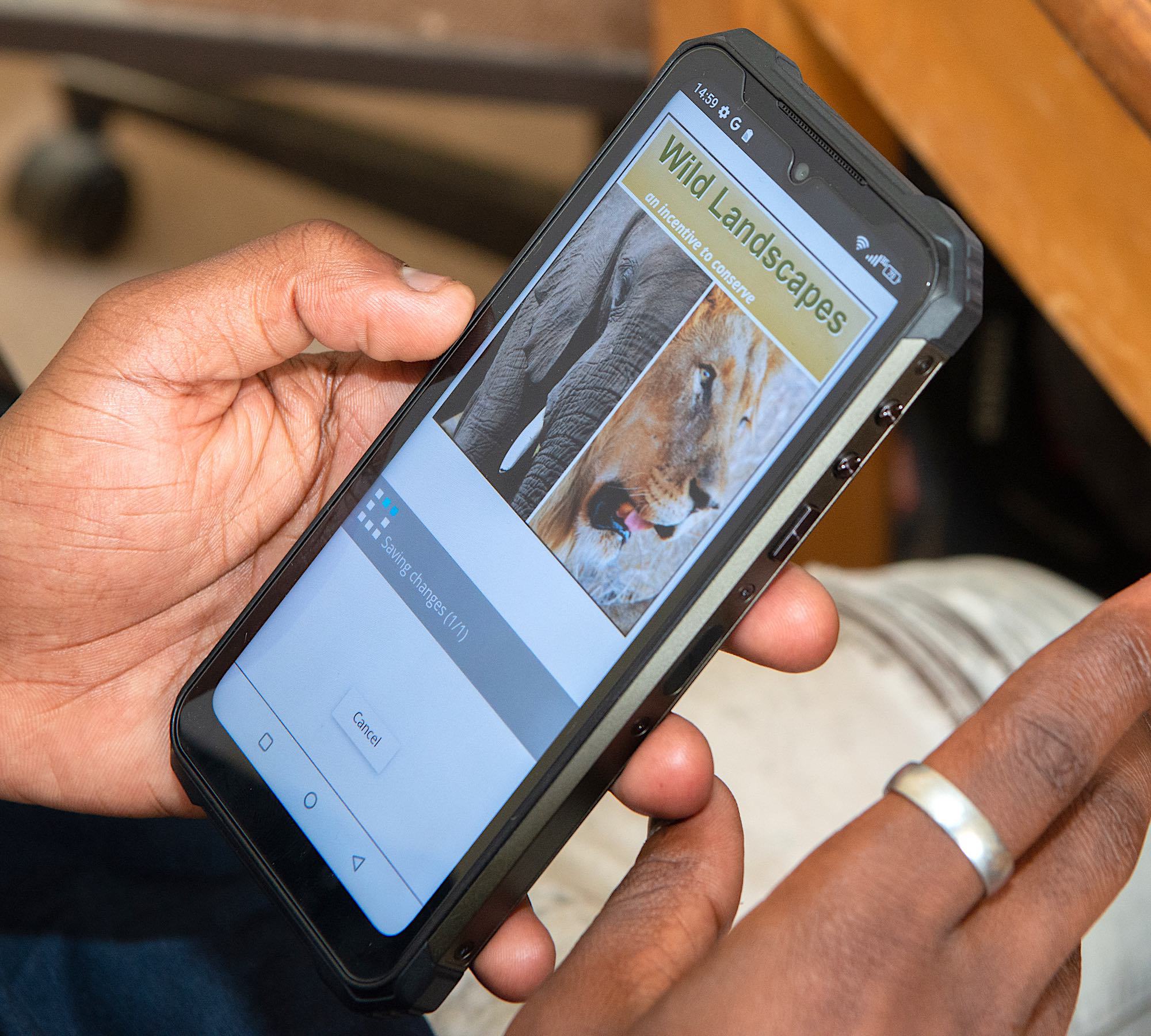
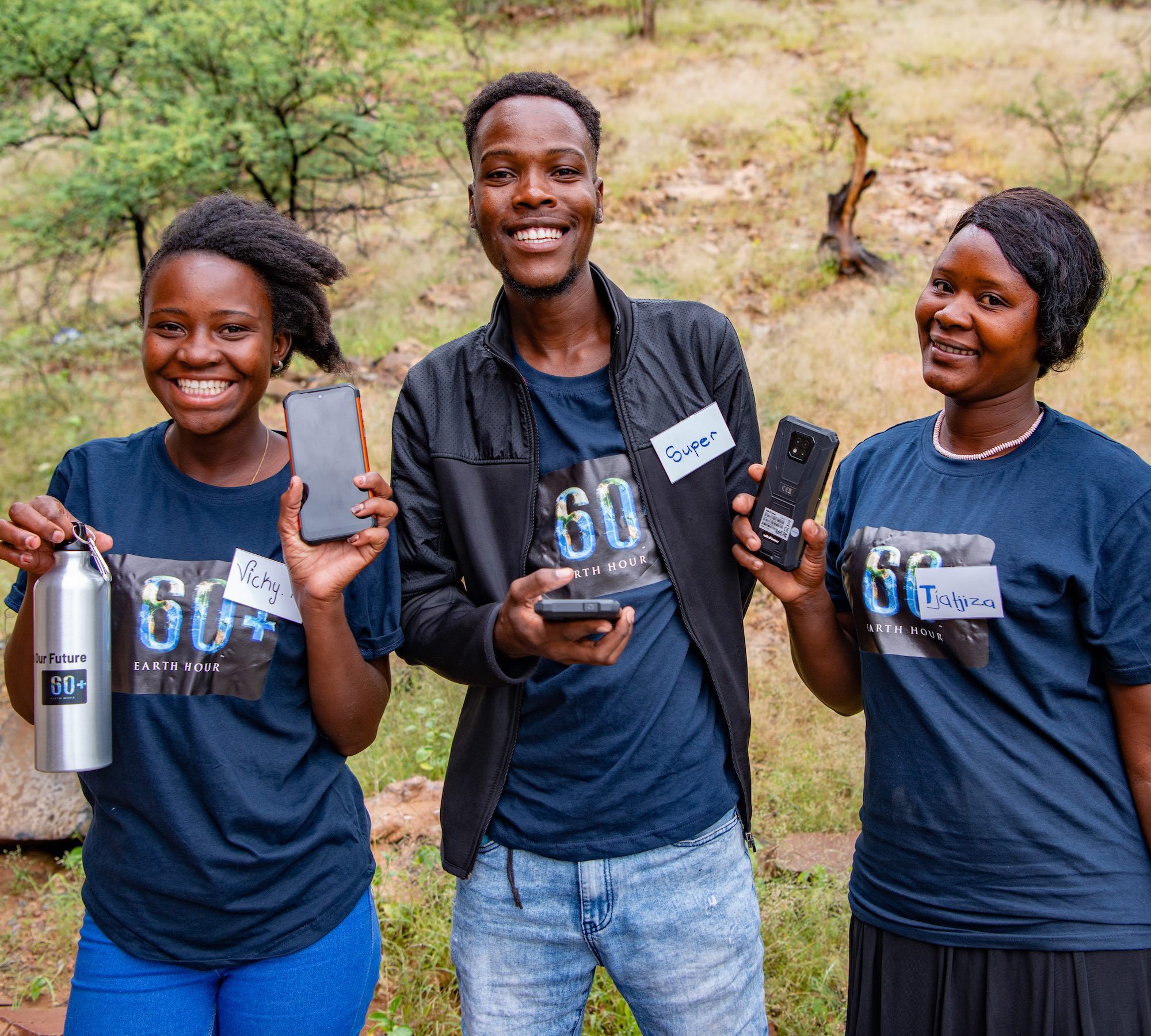
From Earth Hour to youth in conservation
The pledges made during the Earth Hour events were not empty promises, as we found out through follow-up conversations with these young people several months afterwards.
Vichale Shikongo from the !Khoro !Goreb Conservancy, as a steward for Environmental Education and Nature, organised a three-day elephant conflict mitigation workshop for ten youth in her conservancy to teach them about the importance of elephants for both people and the environment, and, on a practical level, how to protect water points and gardens in order to live with elephants. She is looking forward to continued engagements and uplifting the youth in her conservancy.
Hambeleleni Ananias, a steward for Nature in the Uukwaluudhi Conservancy, held meetings to raise awareness of the impact of deforestation in the community. She also co-facilitated the conservancy consultation meetings for the development of the human-wildlife conflict (HWC) management action plan at a key HWC hotspot centre in Amaupa.
Ronny Simasiku, a steward for Nature, planted indigenous and fruit trees with family members in the Impalila Conservancy. He planted seedlings in plastic bottles that he picked up while cleaning the area. Ronny is also educating school children not to litter by explaining to them that litter affects both small and big creatures in the environment.
Tjatjiza Thom from the Ombazu Conservancy, a steward for Youth and Nature, gathered five other young people to start working in the local garden. She has also encouraged them to use their own skills, and some of them have come up with great craft ideas to sell at local markets and to tourists.
In the Sorris Sorris Conservancy, Knowledge Uri-Khob who is a steward for Nature, went out to sensitise farmers in the conservancy about the negative effects of uncontrolled veld fires on biodiversity and on their livestock. He urged them to carefully put out cigarette butts, especially when they are in the field herding livestock.
The youth further demonstrated their commitment to conservation by collecting local biodiversity data within their respective conservancies using the new Biodiversity App. Besides recording mammal sightings, much of their data included animals that are not systematically recorded in conservancies – butterflies, amphibians, bats and reptiles. To help the young people record the sightings, 43 smartphones were distributed to youth from 28 conservancies. Each time they saw an animal in one of the categories, they took a photo of it and recorded the location. This information was sent to experts who could verify the species in the photograph and add the information to a database and a map. Importantly, each sighting includes the name of the person recording, which is an important form of recognition of the young people's voluntary contributions to biodiversity information in Namibia.
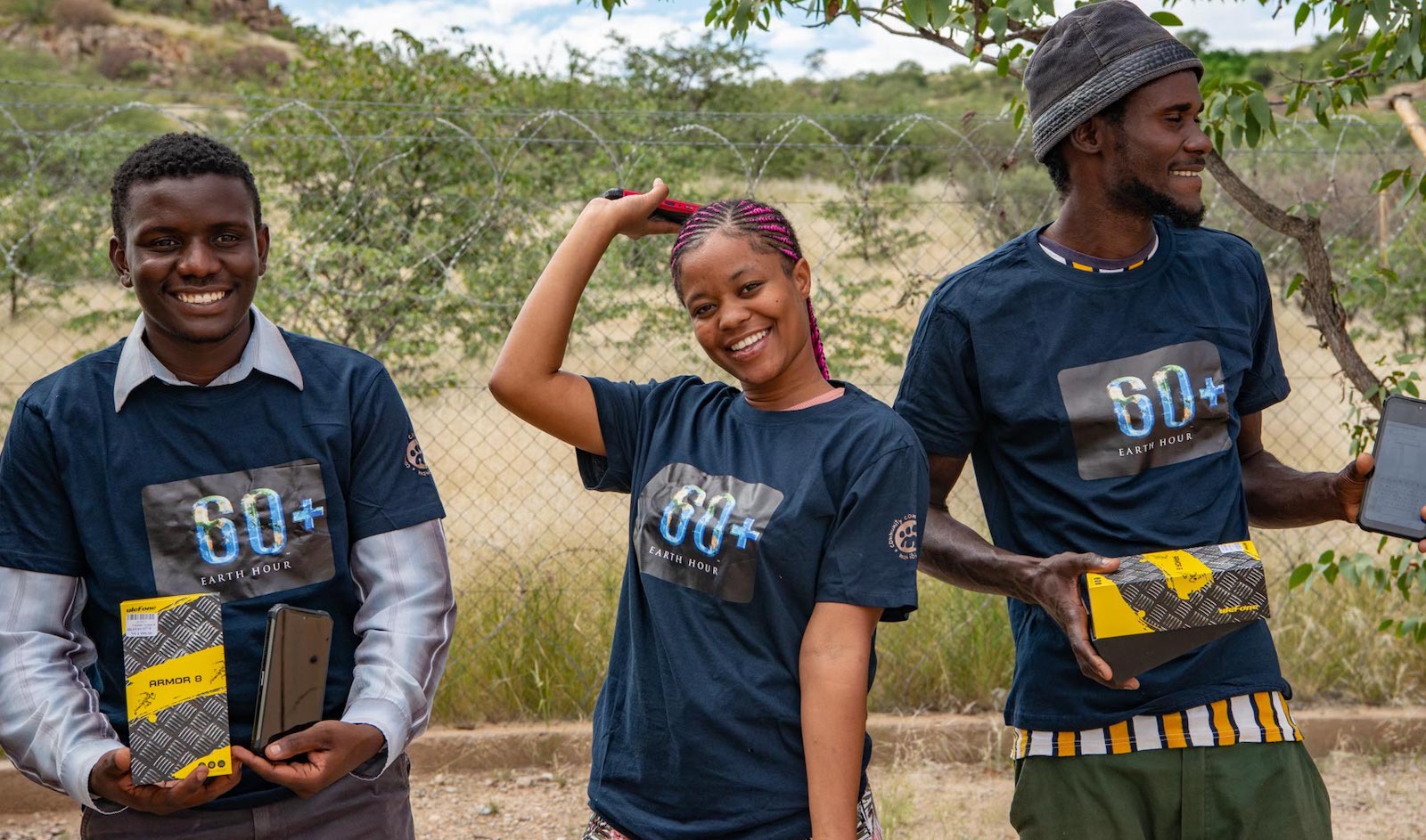
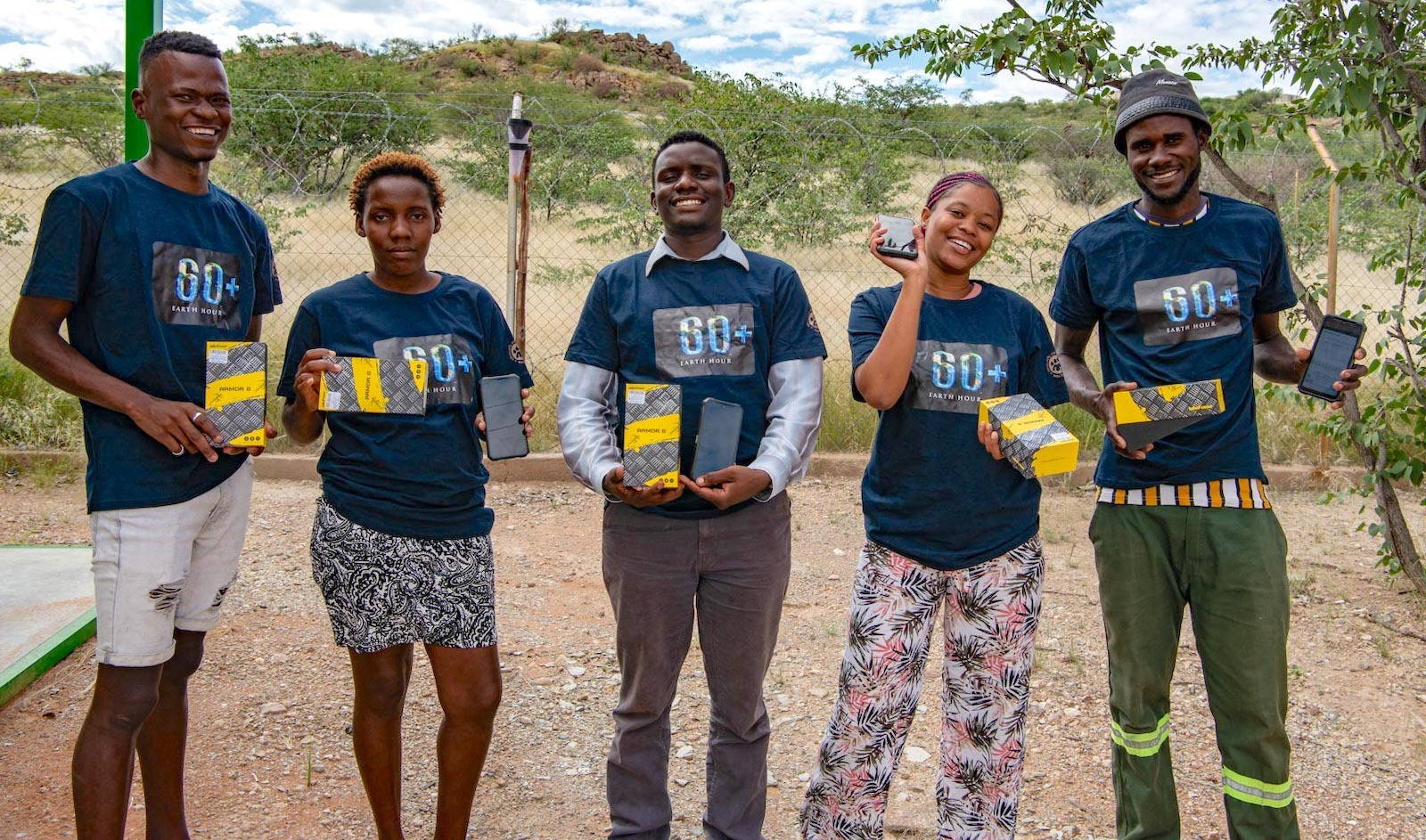
During the first three-month period from the end of March to June, a total of 380 sightings were recorded, of which only 14 were not identifiable. Victoria Tjirundu from the Otjindjerese Conservancy collected the most data of all the youth that had been trained. Kebby Sakuyamba from the Mayuni Conservancy took amazing photos of species in the different categories using the smartphone. He says, through the app, I've learnt a lot about different species that I didn't know before and why they are important for our environment.
Plans for the future
Earth Hour's Shape Our Future theme was an opportunity to inspire change by starting with the youth who see themselves as the leaders of now and tomorrow. Without the youth in communal conservation areas actively engaged in conservation, communal conservancies will lack leadership and direction in the future. To take up this leadership role, young people must be engaged, empowered, and provided with skills needed in the context of community conservation and sustainable development.
The enthusiasm and results generated by the youth in the months after Earth Hour have inspired us to help young people in Namibian conservancies establish their movement and support networks to unlock their full potential in conservation. Starting with the initial group of trainees and expanding to include young people in conservancies across the country, WWF Namibia and our partner institutions are working towards supporting a Youth in Conservation network.
After the successful pilot phase, the Biodiversity App and data management systems behind it will be further refined and fully integrated into existing data collection systems in Namibia. At a national level, it will feed into the Namibian Atlasing project and be incorporated into the annual State of Community Conservation Report. At the level of conservancies and villages, the young people can use the App and its associated data to inspire their peers and raise awareness within their communities.
I am the voice of Namibian conservation,
said Jonna Bobby Iitengula from the Iipumbu ya Tshilongo Conservancy. A statement that continues to echo through the youth in actions and responsibility long after Earth Hour ends, giving us much hope for the future of Youth in Conservation.
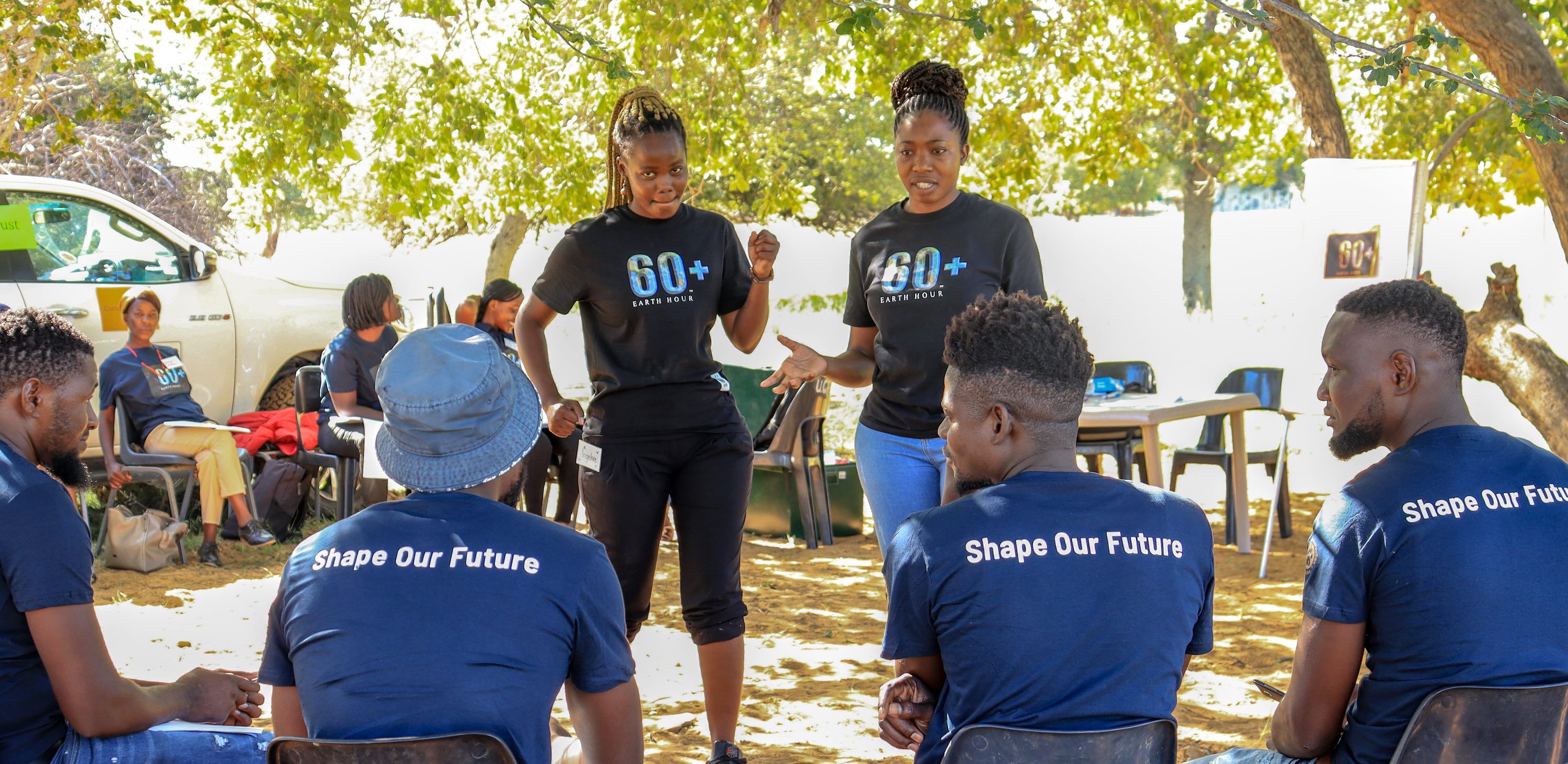
If you enjoyed this page, then you might also like:
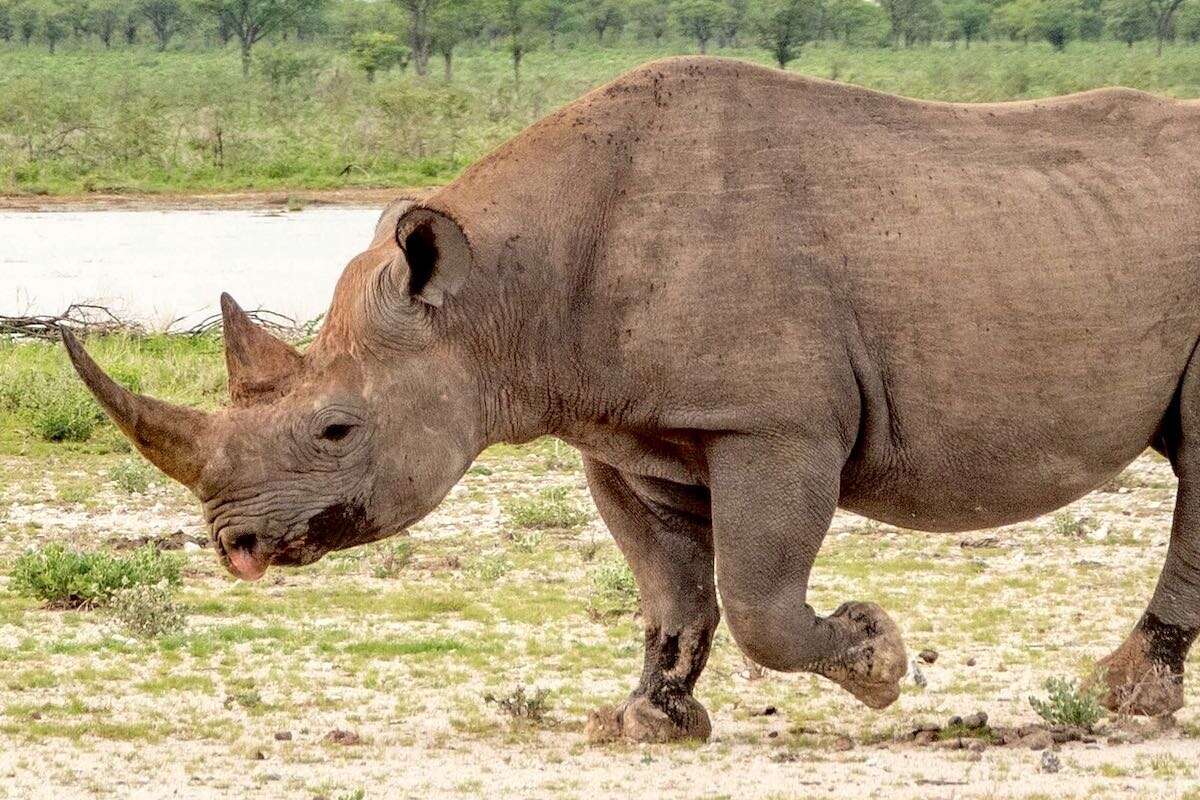
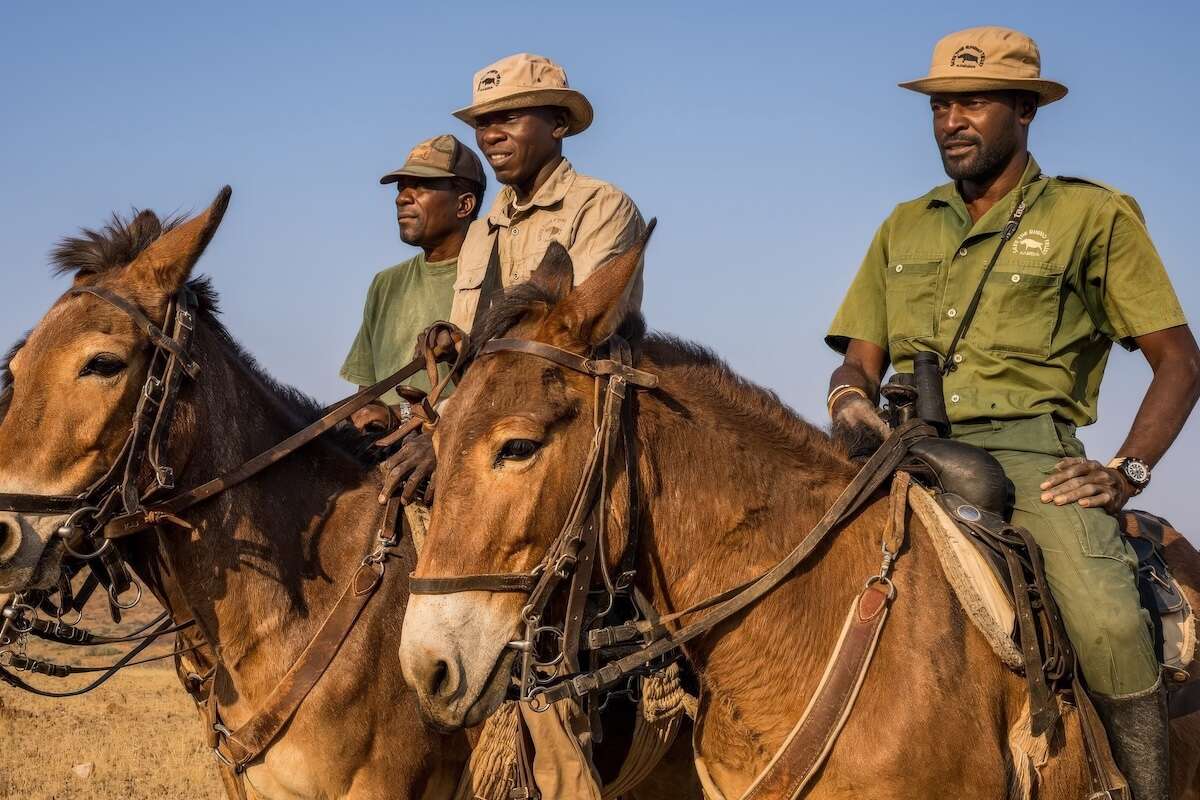

For articles on similar topics, please click one of the following options:
For more great articles from Conservation Namibia see below...
Conservation Namibia brought to you by:
We use cookies to monitor site usage and to help improve it. See our Privacy Policy for details. By continuing to use the site, you acknowledge acceptance of our policy.
